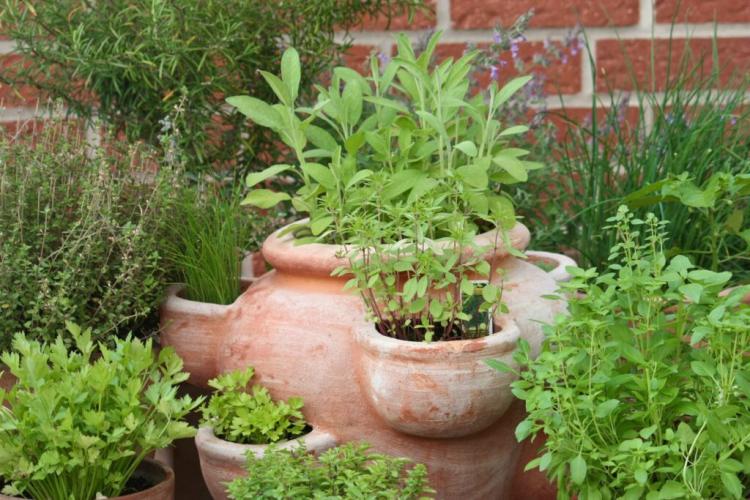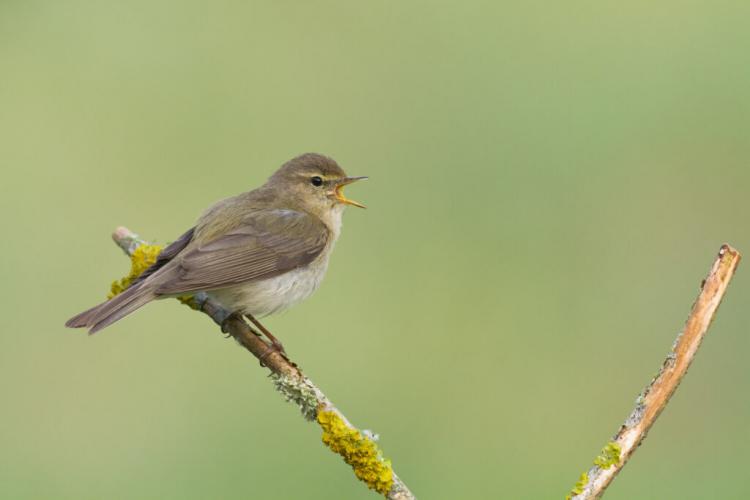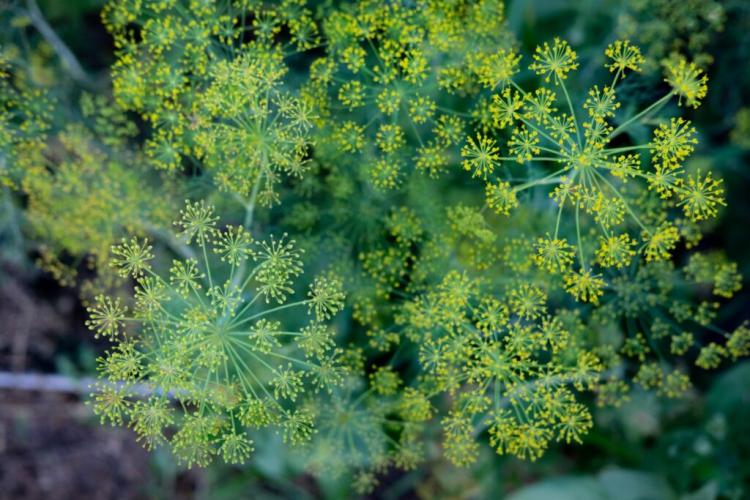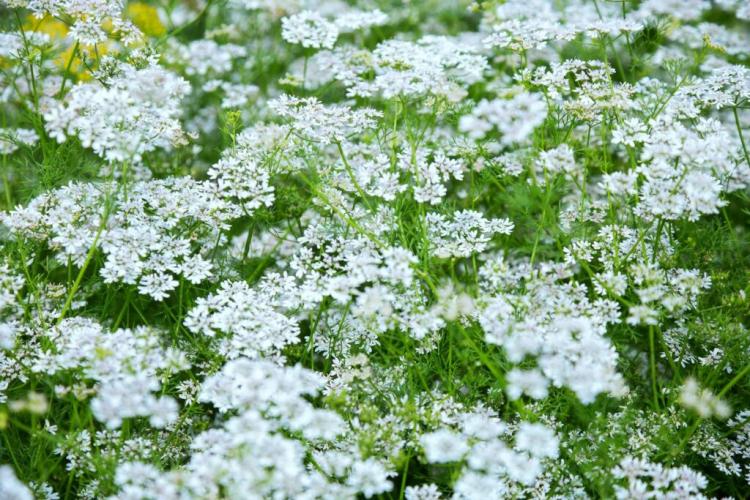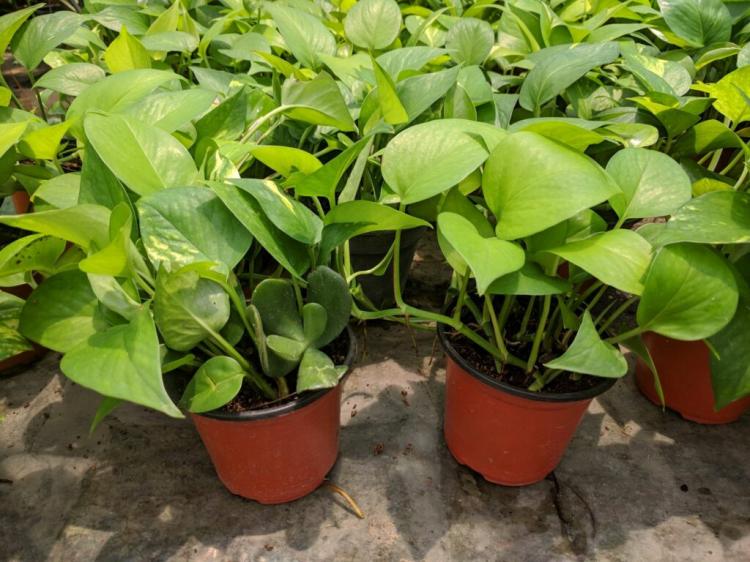Coffee grounds as fertilizer: uses & benefits of the home remedy
Coffee grounds are a popular home remedy for fertilizing orchids, roses and the like. We show why coffee is good for your plants and how to use it.
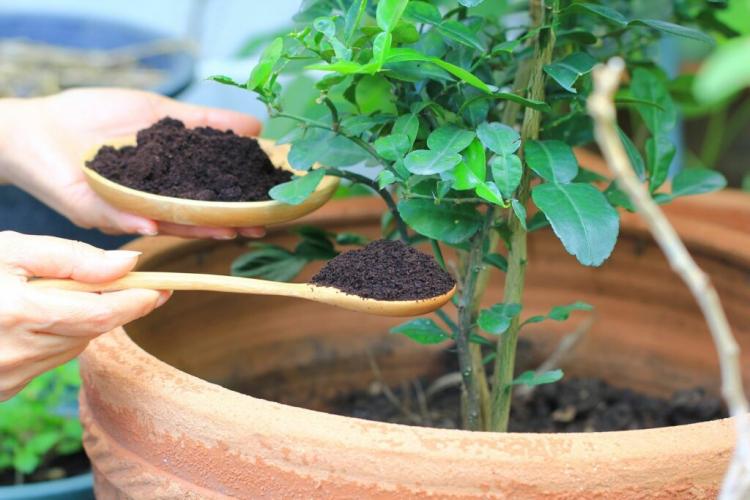
Coffee grounds are an excellent fertilizer for many plants [Photo: Monthira / Shutterstock.com]
Many of us don't really get going without our morning coffee. But have you ever thought that you could also use the coffee grounds to give your plants a boost of energy? We will show you what else is in your coffee grounds and how it can support us in the garden.
Every German drinks an average of 165 liters of coffee a year – there are plenty of coffee grounds. The coffee grounds are the substance that remains in the filter after coffee has been prepared. There are many different uses for coffee grounds, but most of them just throw it in the trash and miss out on a lot. Coffee grounds can be used to combat pests such as fungus gnats or as a compost additive.
Properties of coffee grounds
Table of Contents
Coffee grounds have many different ingredients that we can use. In addition to nitrogen, phosphorus and potassium, it also contains tannic acids, antioxidants and traces of caffeine. Basically, an average of 2% nitrogen, 0.4% phosphorus and 0.8% potassium remain in the coffee filter.
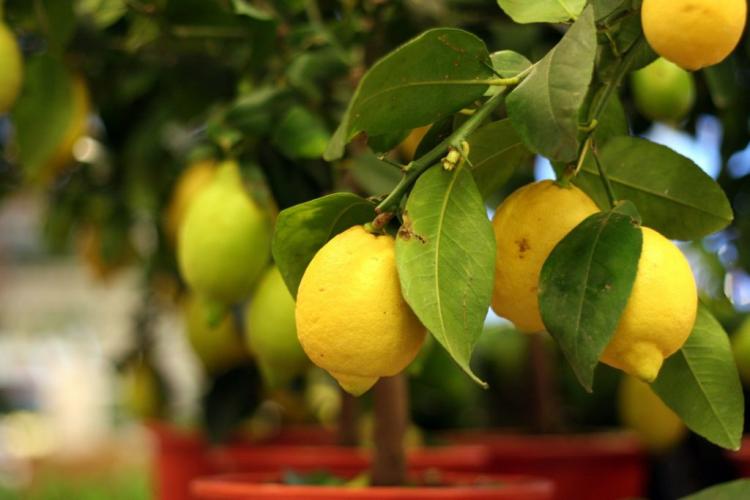
The slightly acidic pH of coffee grounds is ideal for citrus plants [Photo: blue caterpillar / Shutterstock.com]
Since the coffee grounds are slightly acidic (its pH value is around 6.5), it is particularly suitable for plants that prefer acidic soils. These include citrus (Citrus). You can find out more about fertilizing citrus plants such as lemon trees here.
Benefits of using coffee grounds as a fertilizer
Of course, one of the greatest advantages of coffee grounds as a fertilizer is that it occurs almost by itself in every household and does not have to be bought separately. This saves you the trip to the hardware store and you can reuse a waste product in this way. Coffee grounds are also attractive to earthworms. This is a great advantage, because earthworms loosen the soil and create a crumbly structure of the soil. They also help break down organic matter in the soil.
However, coffee grounds have a repulsive effect on pests such as snails or ants. These little pests don't like the smell of coffee or the caffeine and will therefore avoid the areas that are fertilized with it.
So the advantages of coffee grounds as a fertilizer are as follows:
- Occurs in the household
- Is (in principle) free
- Slightly acidic pH
- Attracts earthworms
- Repulsive to snails and ants
For which plants is coffee grounds suitable as a fertilizer?
When using coffee grounds as fertilizer, it is particularly important to ensure that it does not become moldy. So dry the coffee grounds thoroughly. There is a risk of mold in particular with fully automatic coffee machines in which the coffee grounds are collected in a container for a long time. But no matter what kind of coffee machine you have, always dry the coffee grounds before using them as fertilizer to reduce the risk of mold. To do this, simply spread the moist coffee grounds flat – for example on a baking sheet – and let them dry there.

Before using it as a fertilizer, the coffee grounds should be dried thoroughly [Photo: Monthira / Shutterstock.com]
To use it, you should not just sprinkle the dried coffee grounds over the ground, but rather work it into the ground. This allows it to be broken down better and release the nutrients where they are needed. But you shouldn't overdo it with fertilizing the coffee grounds.
Fertilize garden plants with coffee grounds
In the open field you can fertilize with coffee grounds up to four times a year. Over-fertilization with coffee grounds is practically impossible. The best thing to do is to work the substance a little bit into the soil. You can also simply mix the dried coffee grounds with potting soil and place your plants in this soil. All you have to do is mix the contents of a coffee filter (about 30 g of coffee grounds) with the potting soil in a 10 liter sack. This will not acidify the earth too much. You can also simply put the coffee grounds on the compost and let it rot there. There it has a positive effect on composting and also provides nutrients. This method is extremely effective because the coffee grounds attract earthworms, which help with composting. This way you get an optimal organic fertilizer.
When it comes to dosing, it is of course an advantage if you make experiments yourself and start with small amounts at the beginning. The needs of the plants and their sensitivity are often very different.
Fertilize indoor plants with coffee grounds
In the case of indoor plants, it is sufficient to fertilize it once in winter and once in spring. One to two full teaspoons per plant are sufficient for this, which corresponds to about 4 to 8 g of coffee grounds per plant. Be careful, however, because the pH value in the pot drops as a result of this administration and some of our indoor plants could resent this. Don't forget to repot your houseplants regularly afterwards and provide them with fresh substrate.
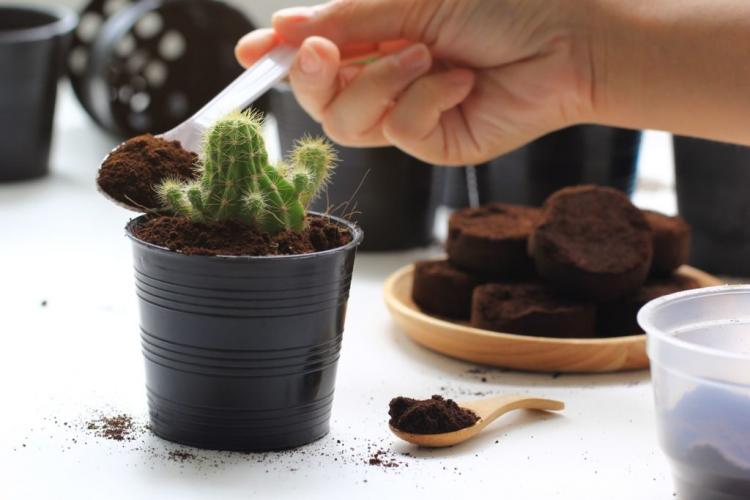
You can also fertilize indoor plants with coffee grounds [Photo: Monthira / Shutterstock.com]
You can still mix the coffee grounds or leftover coffee with water and water your houseplants with it. To do this, for example, mix old coffee and the irrigation water in a ratio of 1: 1 and water your plants with it. Make sure, however, not to water the leaves, but simply all around the plant base. You can do watering and fertilizing in one step

